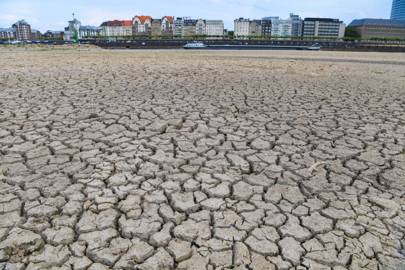
Now Otto is right at the heart of a growing scientific movement called extreme event attribution. Her aim? To be able to point to an extreme weather event and use climate modelling to say whether that same event would have been more or less likely to happen in a world where humans hadn’t caused global temperatures to rise by a whole degree over the last 120 years.
Up until a few years ago, it wasn’t possible to draw that link with any degree of accuracy, Otto says. But in 2004, Pete Stott at the UK Met Office published a paper in the scientific journal Natureshowing that climate change had at least doubled the risk of the 2003 European heatwave that killed tens of thousands of people. Twelve years later the Bulletin of the American Meteorological Society dedicated an entire issue to the new field of extreme event attribution. In the introduction, its editors argued that it was now possible to detect the effects of climate change on some events with high confidence. “That was really the first time we could say that we can attribute events to anthropogenic climate change,” Otto says.
In late 2014, Otto helped set up the World Weather Attribution(WWA) initiative – a collaboration between the ECI, the Netherlands-based Red Cross Red Crescent Climate Centre and Royal Netherlands Meteorological Institute. The aim of the project wasn’t just to draw a link between extreme events and climate change, but to provide this analysis in real-time so they’d have answers while the extreme weather event was actually happening.
No comments:
Post a Comment